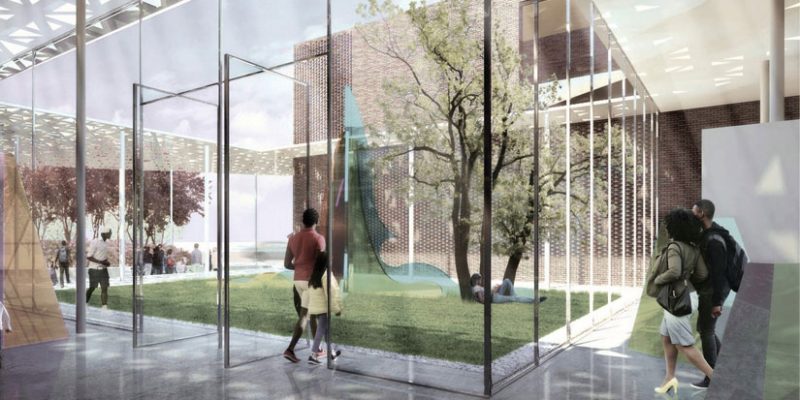The Bachelor of Architecture (BArch) is a five-year undergraduate professional degree designed to be a quicker, more affordable path to becoming a licensed architect.
The BArch program is an all-in-one, nationally accredited degree, which means you will be prepared and eligible to sit for the state licensing exam in five years instead of six. You’ll gain all the knowledge and skills necessary in one degree, saving time and money.
When you complete the BArch, you will be able to enter professional practice and design buildings and other physical elements of the built environment. You’ll understand how your efforts and interventions affect the built environment and the people who use it, and you’ll have the skills needed to critically evaluate technical options and design approaches for high performing environmental systems.
Taught by expert faculty who are working architects, you’ll have insight into current trends in practice, hands-on experiences to demonstrate your expertise in iterating multiple problem-solving options in collaborative practice, and opportunities to clearly represent intent and expertise through drawings and other forms of visual media and written and oral communications. Plus, you’ll have access to a wide network of visiting lecturers and other professionals, many of whom are alumni ready to connect.
If your plan is to become an architect, the Bachelor of Architecture is the degree for you.
Applications for new students are now being accepted. Current BSAS students can switch their major to BArch by visiting the SARUP Advising Office. Alumni with a BSAS degree from UW-Milwaukee can apply as a second degree student. If you have questions, contact the SARUP Advising Office at 414-229-4015 sarup-ugrad@uwm.edu
The Bachelor of Architecture degree was approved by the UW System Board of Regents in February 2023. The program has been approved as eligible for candidacy by the National Architecture Accrediting Board (NAAB) and is currently undergoing an initial candidacy visit.
Yes, the new BArch curriculum was designed to make it simple for current BSAS students to transition into the BArch. For most students, that means they’ll finish with just one additional year. Current students can switch by visiting the SARUP Advising Office.
If your goal is to become a licensed architect, the BArch offers a faster, more affordable path when compared to a 4+2 program. Additionally, the American Institute of Architects (AIA) reports that a majority of firms pay more for employees with an accredited, professional degree compared to those with a nonprofessional degree in architectural studies. The AIA also reports that a majority of firms pay licensed architects more than non-licensed architects, and about 20% of firms do not hire architecture employees who do not have a professional degree. [Source: AIA Compensation Report 2021]
The National Council of Architectural Registration Boards (NCARB) reports that all 50 states accept the BArch as an accredited degree. There are 38 states that require an accredited degree for licensure. For information about all 55 US States and territories, visit the NCARB licensing tool: https://www.ncarb.org/get-licensed/licensing-requirements-tool
Yes, the BArch degree allows for BSAS alumni from SARUP to return to complete the requirements leading to a BArch as a second degree. To earn a second degree from UWM, you must complete a minimum of 30 additional credits. That means you will be required to take a total of 30 credits even if you need fewer than 30 credits to meet the 150-credit degree minimum. For this reason, we recommend that current BSAS students transition into the BArch now rather than waiting.
The BArch tuition is the same as the UWM undergraduate tuition rate except for the fifth year of the degree. More information is available on the SARUP tuition and aid page.


